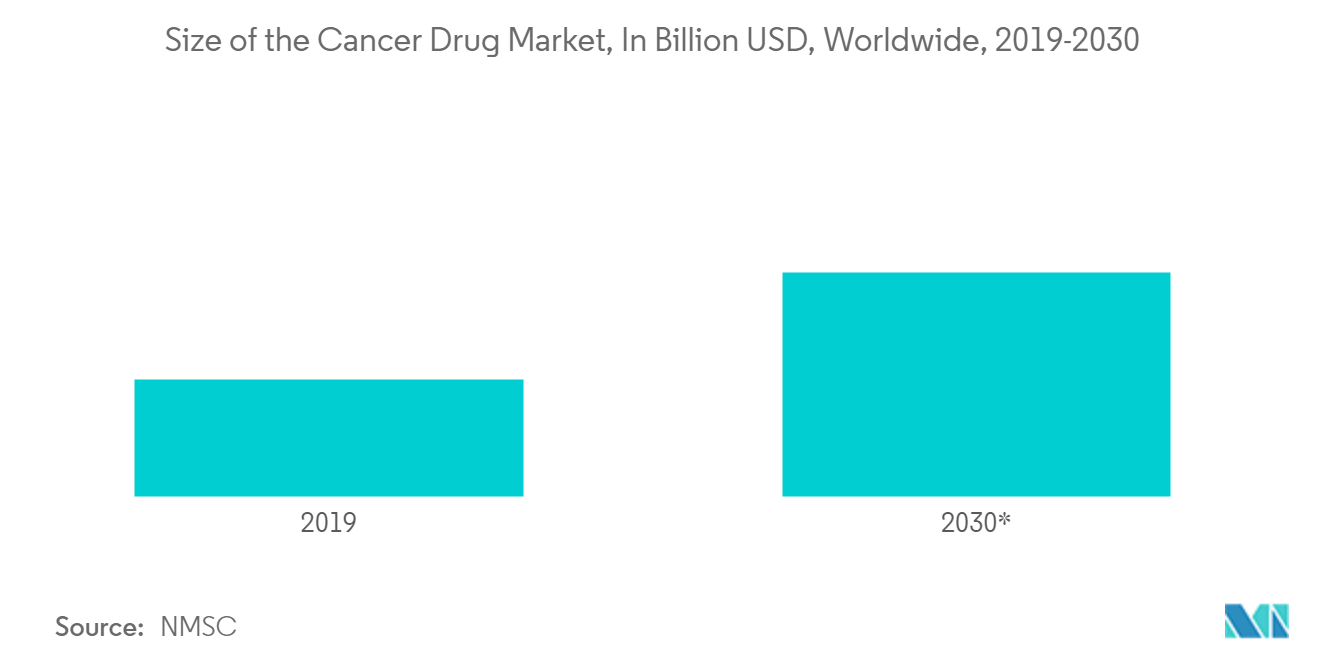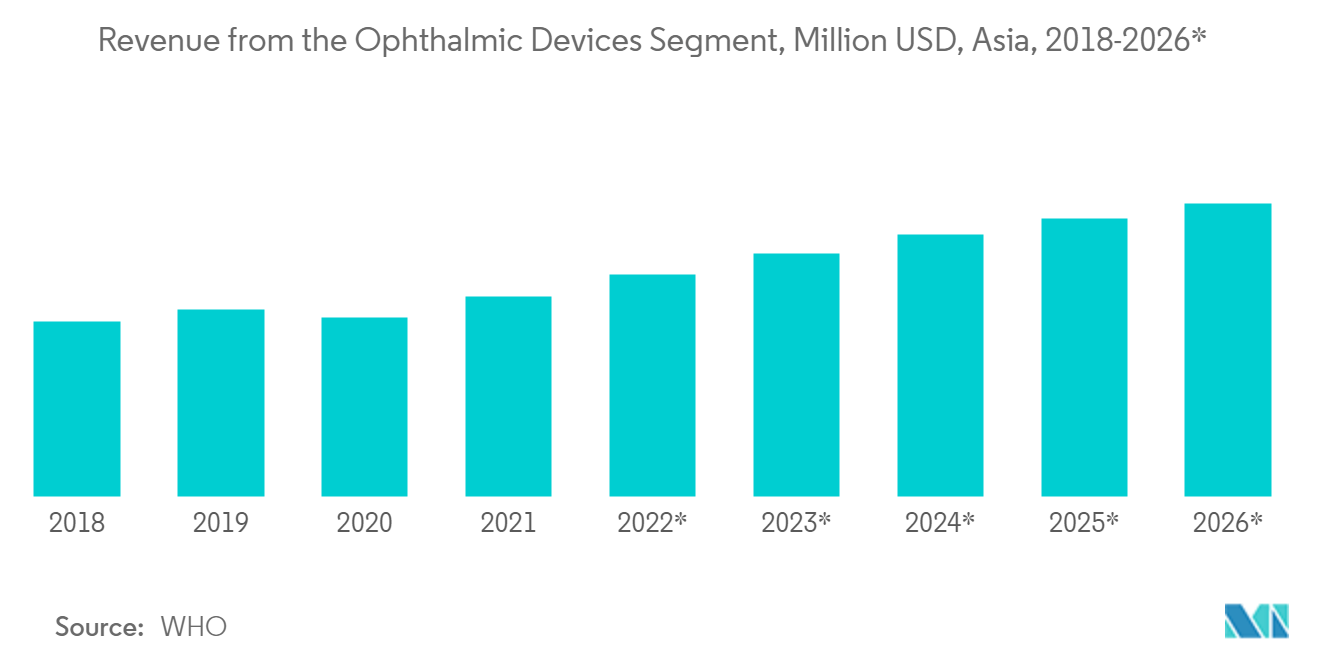Market Trends of Asia-Pacific Optical Imaging Industry
This section covers the major market trends shaping the APAC Optical Imaging Market according to our research experts:
The Rising Prevalence of Chronic Diseases is Expected to Drive the Market
The Asia-Pacific region is witnessing a surge in the prevalence of chronic diseases like cancer, heart diseases, arthritis, etc. According to the National Bureau of Statistics of China, in 2020, malignant neoplasms, commonly called cancer, were responsible for 25.43% of deaths caused by significant diseases in urban China. Its mortality rate stood at 161.4 deaths per 100,000 population in 2020. Cerebrovascular diseases and heart diseases were among the top three death causes.
Further, according to the Center for Cancer Control and Information Services Japan, the number of breast cancer cases among women in Japan was estimated to be the highest, at approximately 92 thousand in 2020, followed by colon cancer at 69 thousand.
Advances in optical instruments enable the detection of endogenous tissue differences between normal and malignant tissues, while optical contrast agents improve the sensitivity and specificity of cancer cell detection. A surgeon can see cancer margins and resect malignant gliomas and bladder cancer more efficiently using optical imaging of contrast chemicals. Near-infrared optical imaging allows for greater tissue depth penetration and has become very important for breast cancer screening. The benefits offered by optical imaging techniques would propel the market growth.
Moreover, cancers of the head and neck have become a serious concern to human health in recent years. While surgery remains the first-line treatment for head and neck cancer patients, the limited resectable tissue mass and complex anatomy structures in the head and neck region force surgeons to choose between extensive resection and better quality of life for patients. If too much is removed, the patient's quality of life will suffer, and if too little is removed, cancer will most likely recur.
To reduce the resection of normal tissues, early detection and treatment of pre-malignancies, and real-time in vivo detection of surgical margins during en bloc resection, could be used. Recent advances in optical hardware and reagents have opened up new possibilities for real-time pre-malignancy and cancer imaging in clinics and operating rooms. Autofluorescence imaging, targeted fluorescence imaging, high-resolution microendoscopy, narrow-band imaging, and Raman spectroscopy are effective for optical imaging in the head and neck.

The Ophthalmology Segment is Expected to Hold a Major Market Share
The Asia-Pacific region is a prominent market for ophthalmology. According to the statistics published by the National Institute of Health 2020, in Japan, the leading causes of visual impairment are glaucoma, diabetic retinopathy, degenerative myopia, age-related macular degeneration, and cataract.
The increasing popularity of optical coherence tomography, a non-invasive imaging technology used to obtain high-resolution cross-sectional images of the retina, and the rising prevalence of eye disorders as a result of the growing global geriatric population are expected to boost the market's growth.
Optical coherence tomography testing has become a standard of care for inspecting and treating most retinal conditions. OCT employs rays of light to measure retinal thickness. In this test, no radiation or X-rays are used.
In addition, AI is increasingly being integrated into diagnostic techniques in the Asia-Pacific region's ophthalmology industry. Artificial intelligence (AI) has shown considerable advances in various visual and aural identification tasks, inspired by the human multilayered neural system. AI can study digital data thoroughly, rapidly, and non-invasive for various activities.

